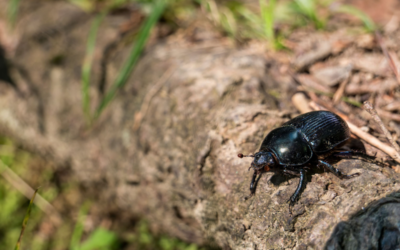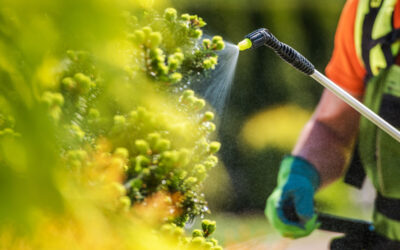One of the many joys of fall in Colorado is harvesting pine nuts. Long a staple in native diets, pine nuts have become a popular ingredient in today’s southwestern and Mediterranean cuisine as well as nutritious, high-energy snacks.
An Ancient Native
When Spanish explorers traversed the Southwest, they saw trees that reminded them of the Stone Pines native to their homeland, so they called them by the same name—pino piñonero—a name they still go by today, albeit in a shortened form. And like its European cousin, the piñon, or pinyon, pine had been around for centuries, providing an important source of nutrition to ancient hunter-gatherer populations.
Where to Find Piñon Nuts to Harvest
Coloradans are fortunate to have the piñon pine as part of their native vegetation. Naturalized stands can be found in the southern part of the state, along the Western Slope, and along the Front Range foothills from Trinidad to Golden. Piñon pines are also used in both residential and commercial landscaping as well as in commercia plantations.
Residents do not need a permit to harvest pine nuts on public land for personal use, but if they’re collecting pine nuts to resell commercially, a permit is required.
Harvesting Pine Nuts
Native Americans would knock the cones off the trees in September and October and stack them in a pile with dried brush on top. They would light the pile to scorch the cones and burn off the sticky resin before drying the cones in the sun, making the seeds easy to harvest.
Today’s foragers have a couple of less risky ways to harvest pine nuts.
If the pine cones are still green and closed, they can be removed from the tree and the seeds can be gathered by breaking the cone open. In the fall, though, most of the cones will already have opened, exposing the seeds. In that case, remove the cones carefully to keep the seeds from falling to the ground and open the cones where the seeds can be safely caught.
Whether harvesting pine nuts from green or mature cones, it’s best to wear gloves to keep the sticky sap off your hands.
Once the seeds are harvested, look for ones that are dark brown. Those are the ones that will contain nuts. Lighter seeds probably haven’t matured enough to contain nuts.
The best way to harvest the nuts is by using a rolling pin to crack the seeds open, revealing the nuts inside. That way you’re less likely to damage the nuts than by using a knife or pliers, plus it’s faster than opening one seed at a time.
Enjoying Pine Nuts
Piñon nuts are packed with nutrition. They’re an excellent source of protein and provided important fat and calories to native populations living in areas where other sources were scarce. Each cone produces 10 to 30 seeds and a productive stand of piñon trees in a good year can produce 250 pounds per acre of land.
Pine nuts can be eaten raw, but most people prefer to toast them. Roast the nuts on a flat tray in an oven at 350 degrees for about ten minutes, shaking the nuts halfway through. Nuts can also be roasted in a skillet on low heat.
Pine nuts can be eaten as high-energy snacks and are popular additions to salads and vegetables as well as meat and fish dishes. Some people even add them to coffee and tea.
Store pine nuts in an airtight container to keep their oils from becoming rancid. You can store them in the refrigerator for up to a month and frozen they will last for as many as three months.
If you’re thinking about adding piñon pines or any other trees or shrubs to your property, Donovan Arborists offers planting, pruning, and shearing services as well as a complete landscape maintenance package for property in the Denver area.
We’re always happy to give free estimates to homeowners and property managers for any services they may need.




